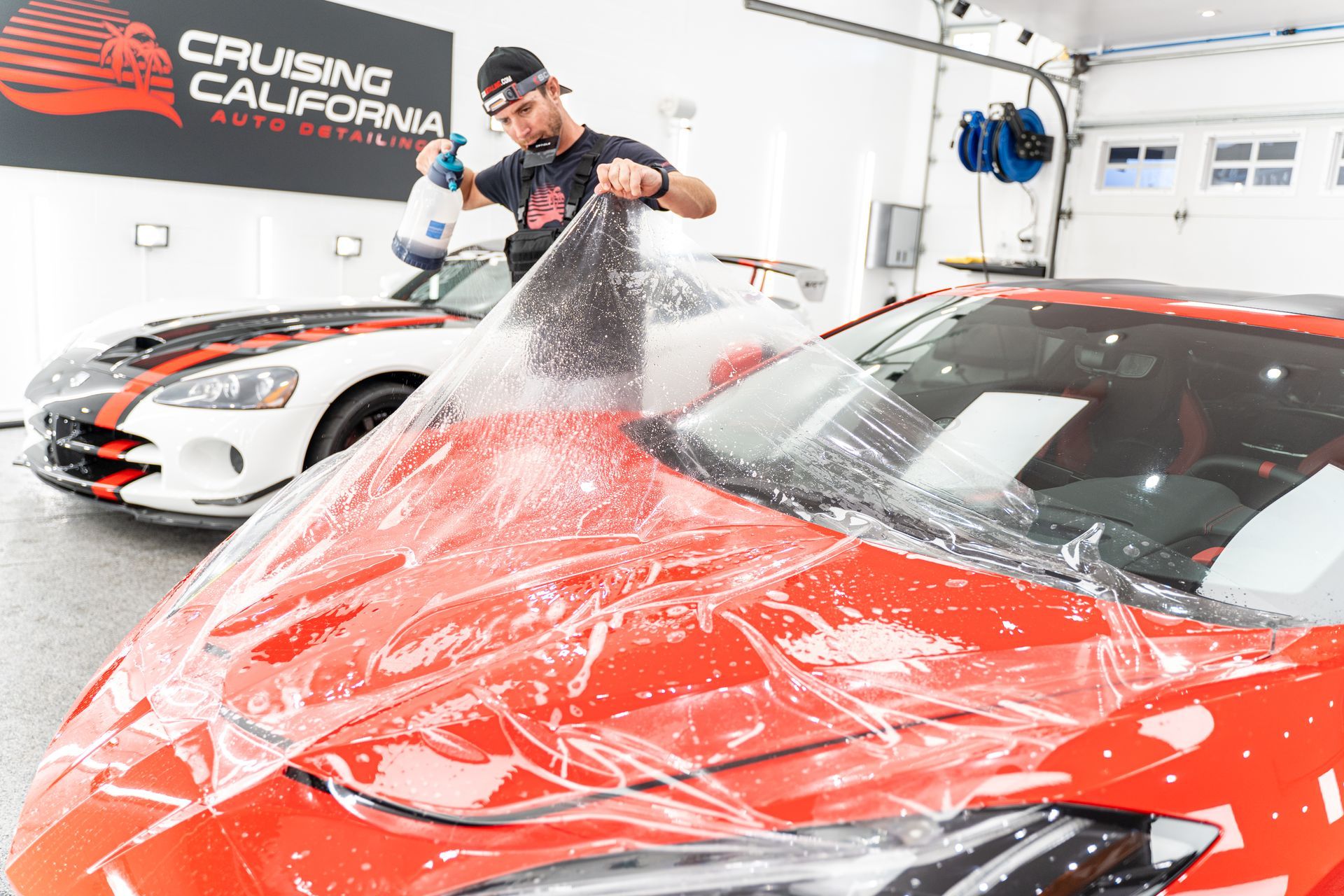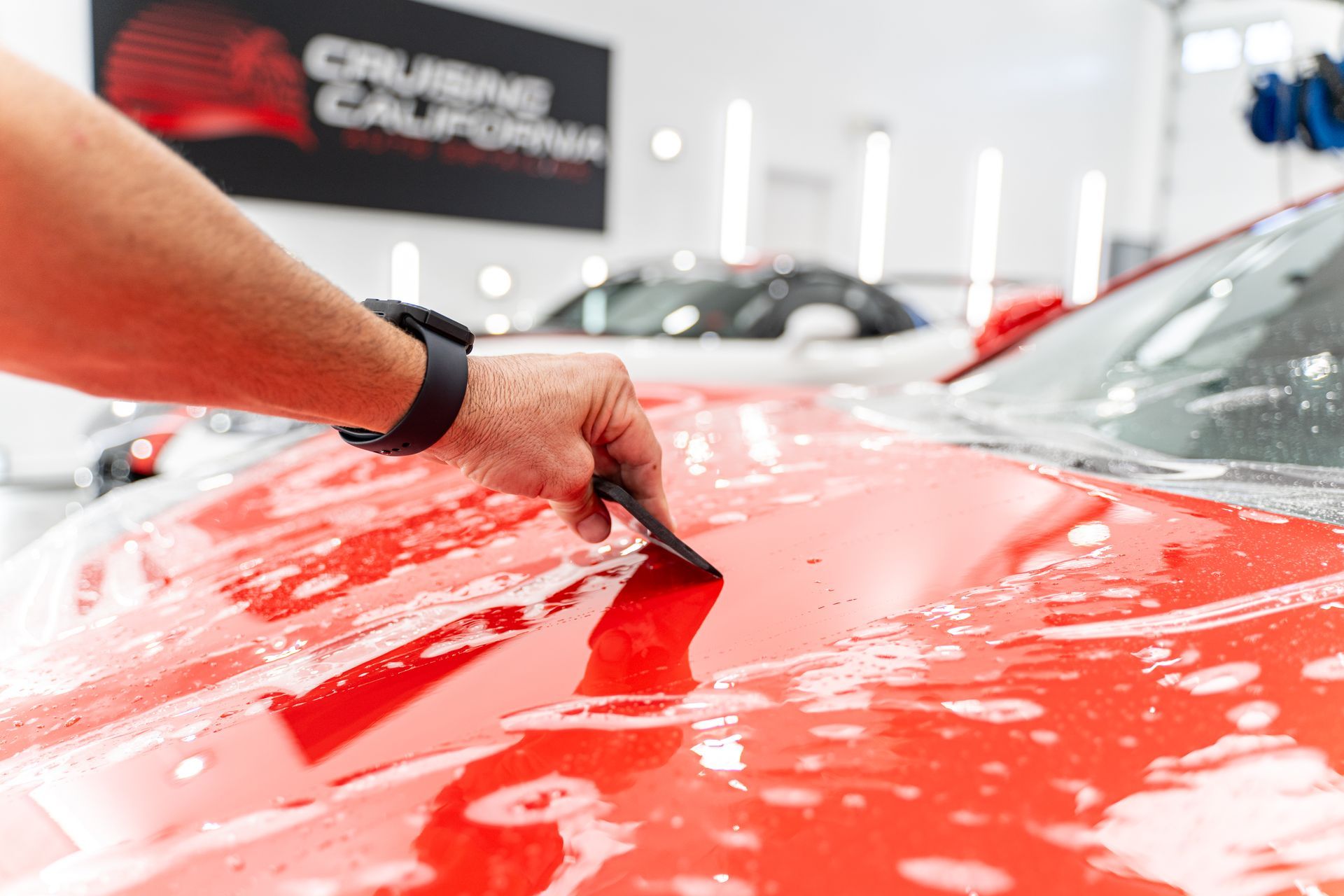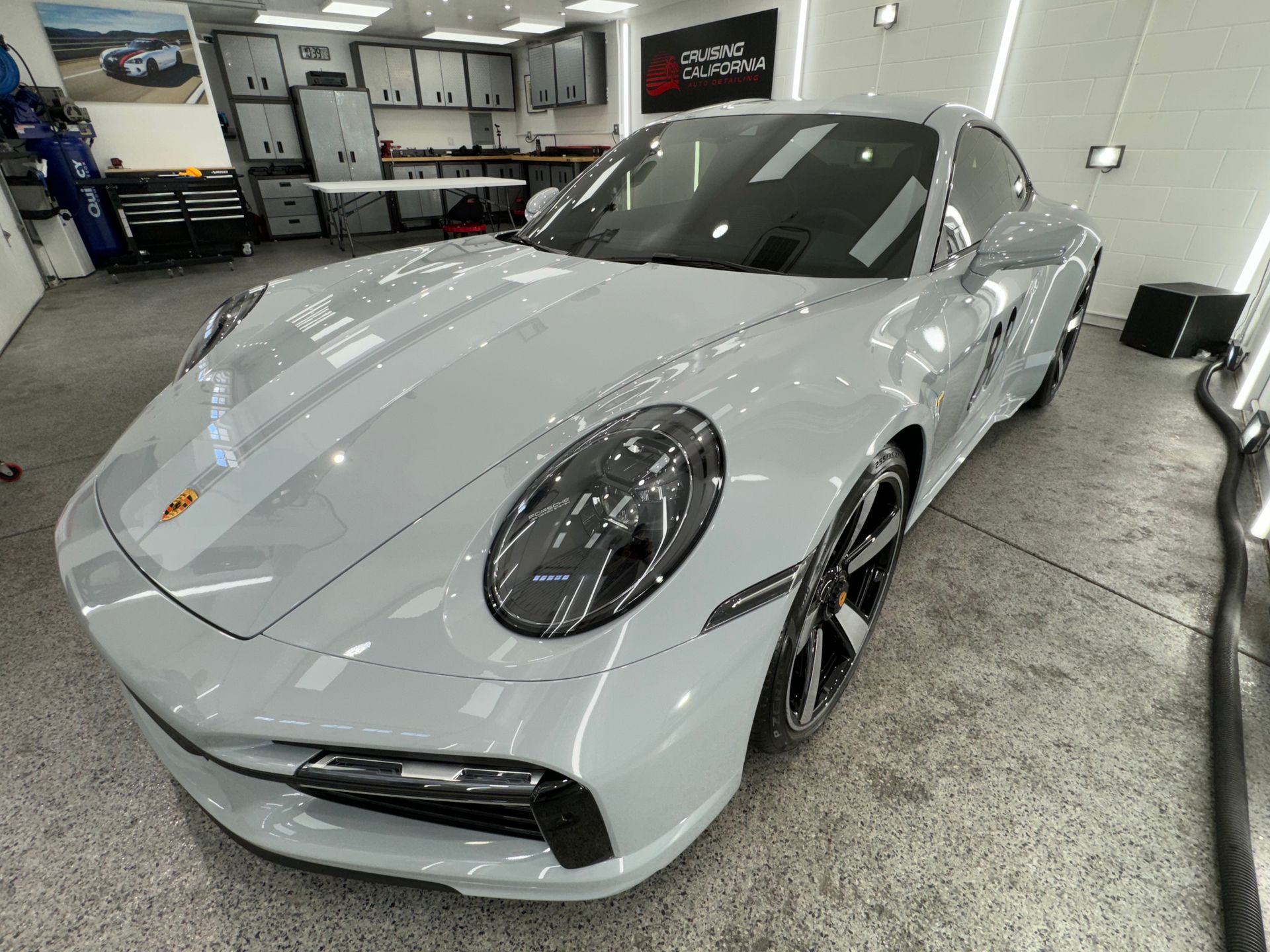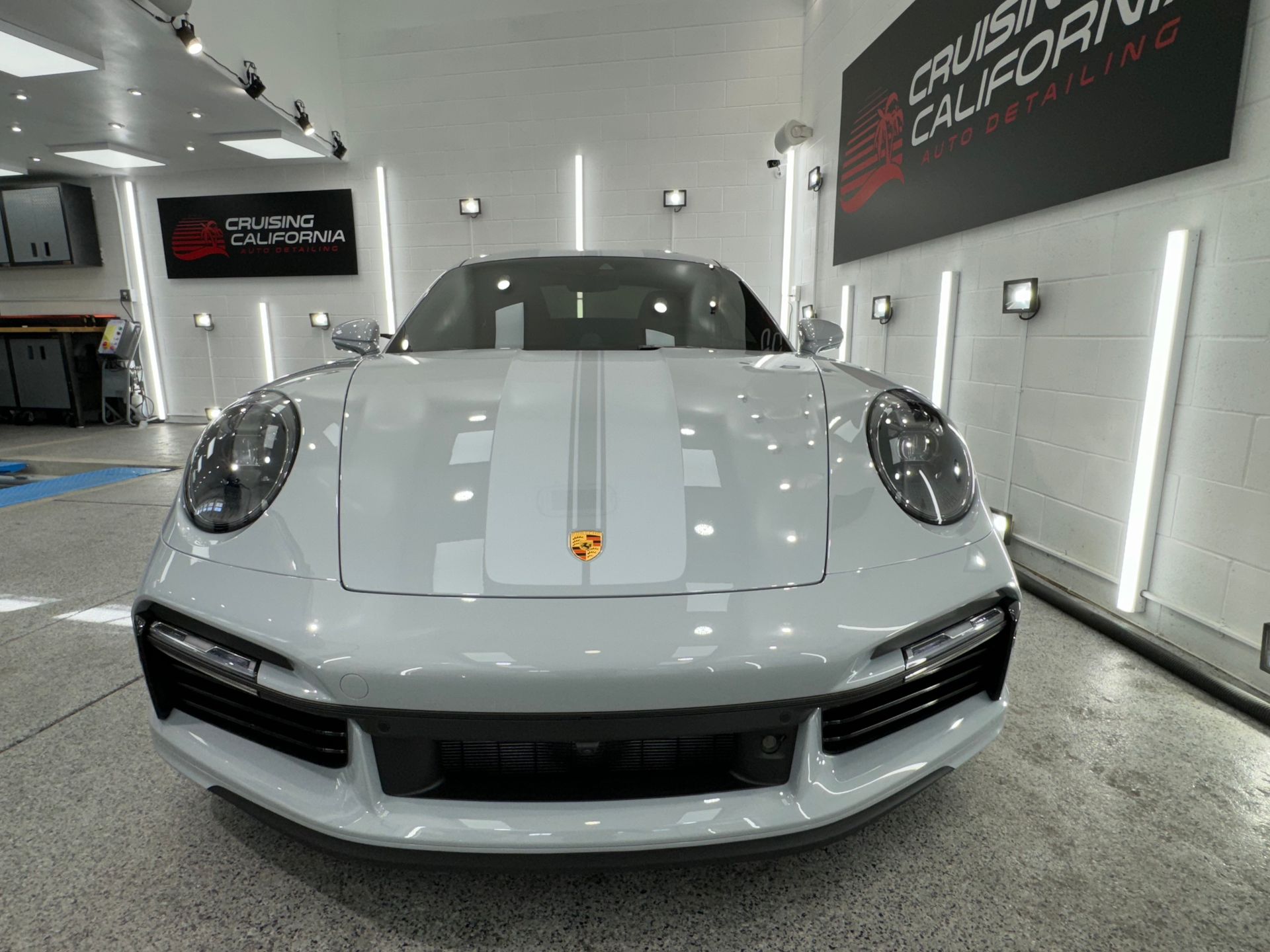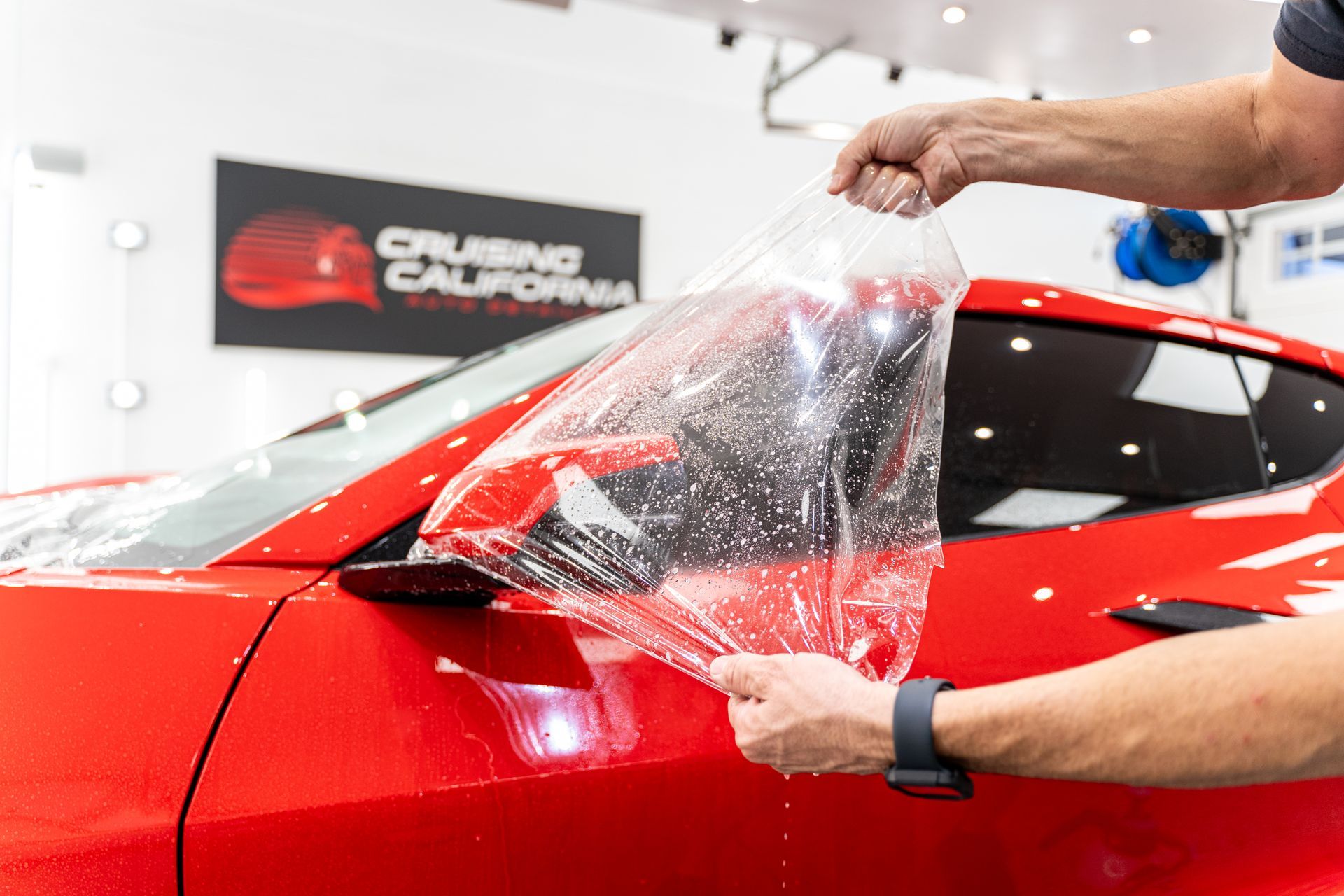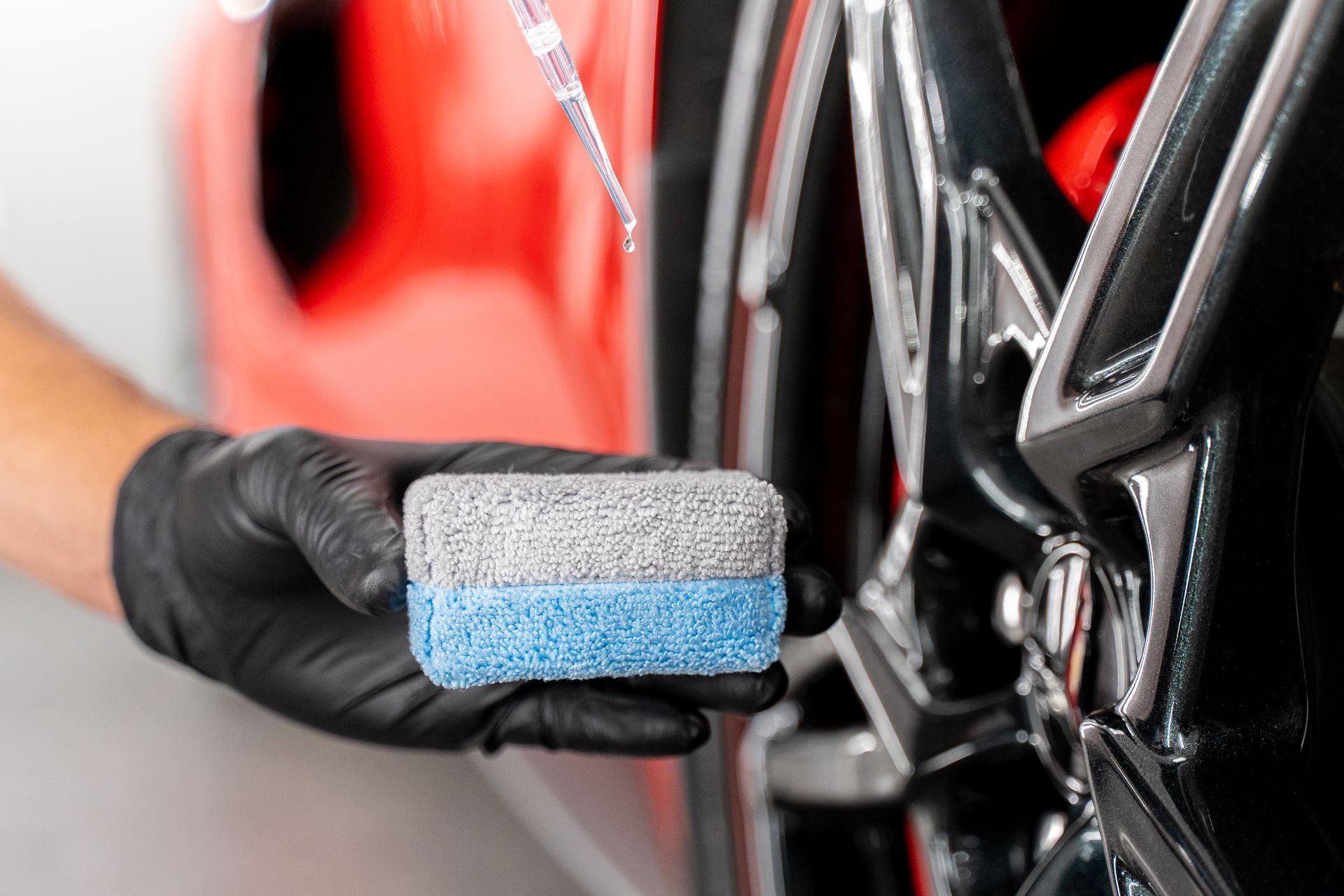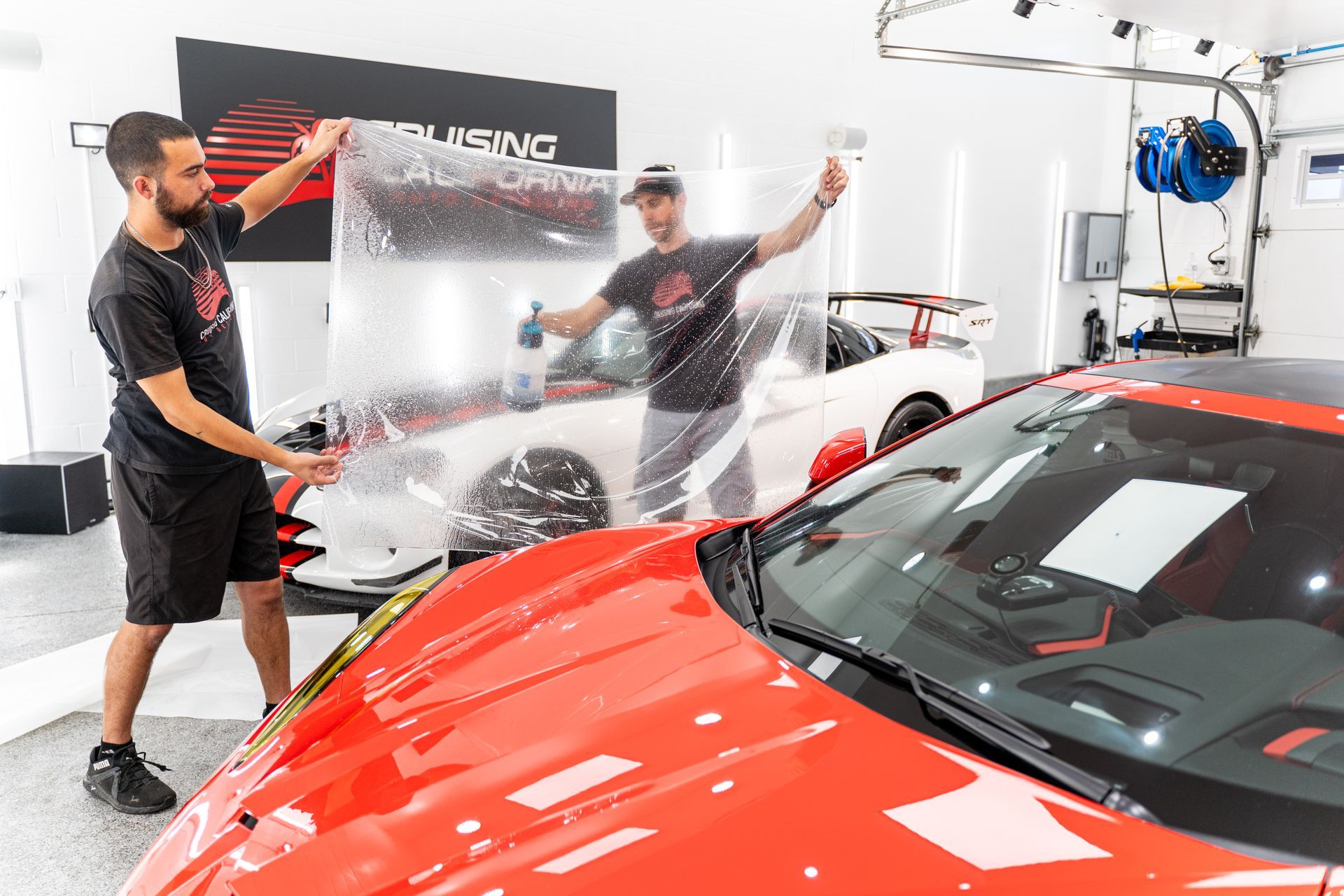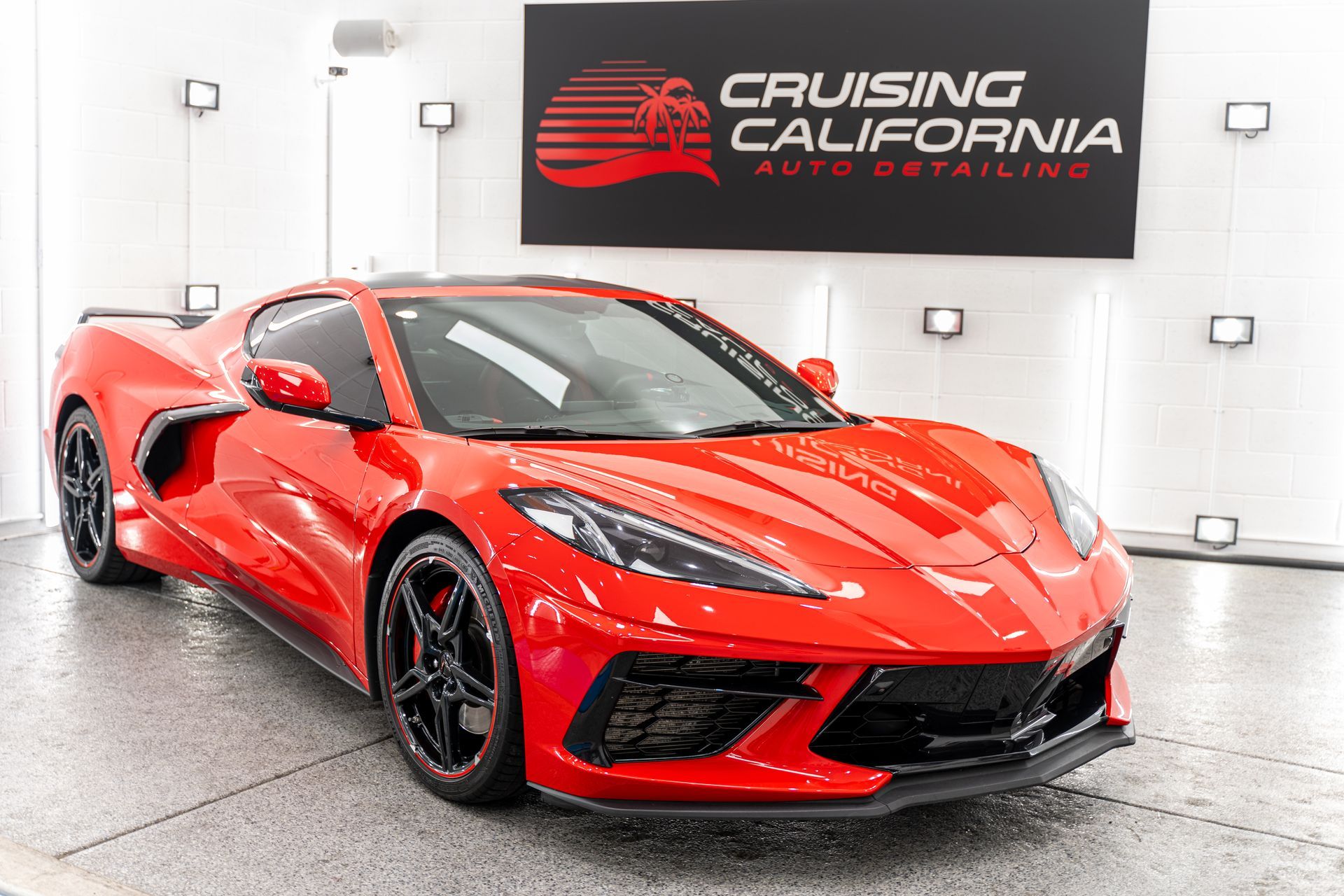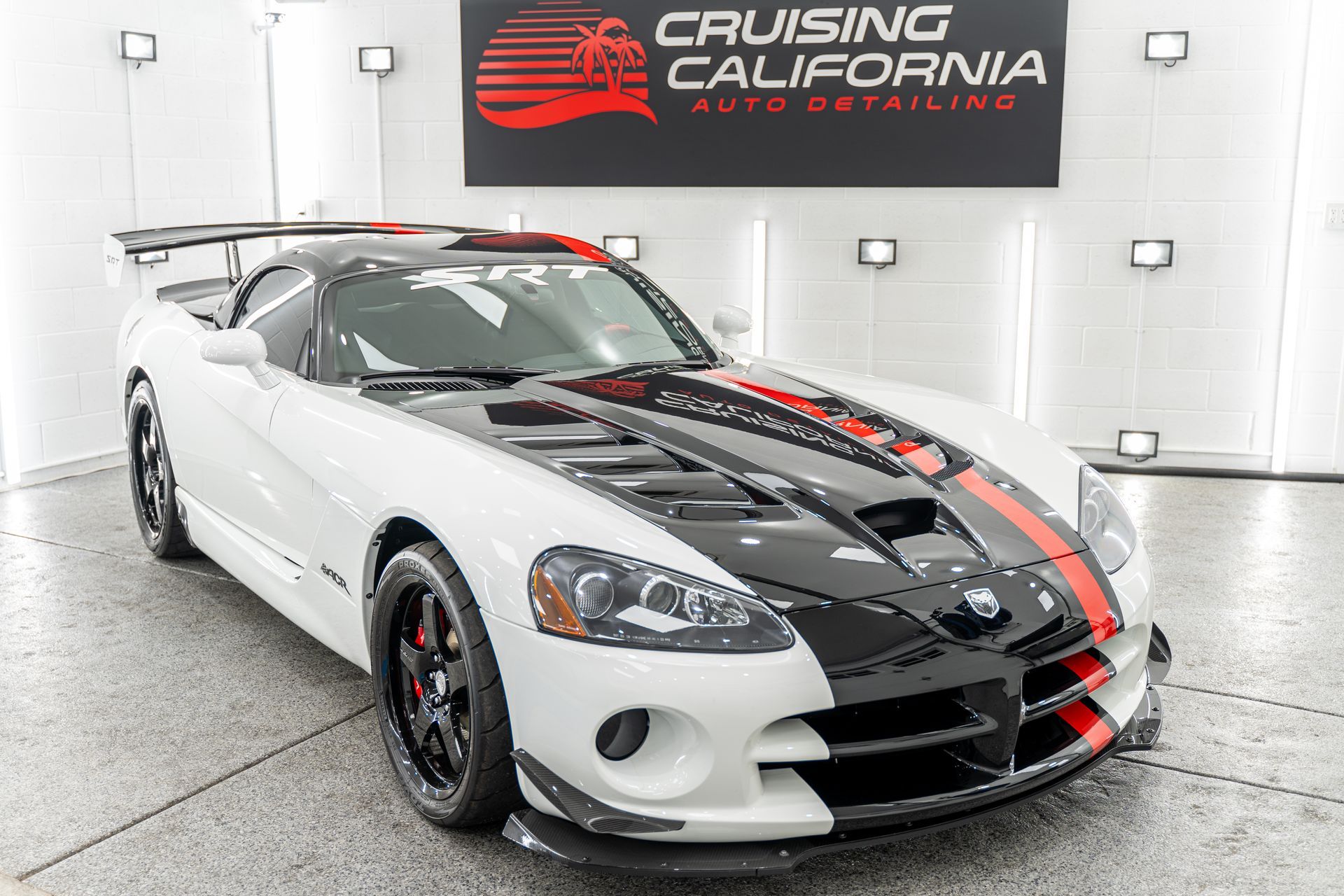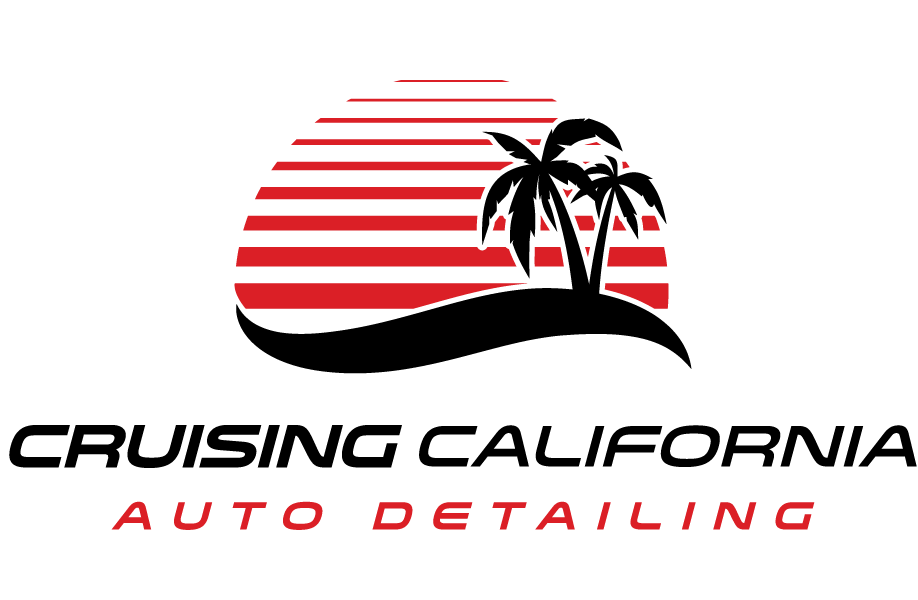Choosing the right paint protection film service in El Cajon is crucial. It will not just save you money but also preserve your car's aesthetics. Remember, a high-quality paint protection film service guards your vehicle against harsh elements like stone chips, bug splatters, and minor scrapes. The smell of new wax on your car might be less frequent, considering that PPF reduces frequent waxing needs. And naturally, preserving your car means maintaining its resale value. Let's delve into this a bit more.
When selecting a paint protection film service in El Cajon, CA, consider factors such as the reputation of the provider, the quality of their paint protection film products, customer reviews, and the experience and expertise of their technicians. Additionally, inquire about warranty options and ensure the provider offers excellent customer service.
Understanding Paint Protection film and Benefits
So, what exactly is this paint protection film everyone's talking about? Simply put, it's like a tough, invisible shield for your car's paint. This robust thermoplastic urethane film is specially designed to be transparent and applied to the exterior of vehicles. Why? To protect the paint from all kinds of common hazards—like pesky stone chips, bug splatter, and minor scratches. It might seem like an extra layer of armor for your car—think of it as a super clear phone case but for your vehicle! Now, let's talk about why this invisible shield might just be the best thing to ever happen to your car. The benefits are extensive:
- Preservation of Resale Value: A well-maintained paint job can significantly enhance the resale value of your vehicle. With a paint protection film in place, you're essentially safeguarding your investment. When it comes time to sell or trade-in your car, potential buyers will appreciate the pristine condition of the paint, making it more attractive and potentially increasing its value.
- Aesthetic Appeal: A paint protection film not only protects your car but also helps maintain that dazzling showroom shine. It keeps the paint looking fresh and glossy, enhancing the overall aesthetic appeal of your vehicle. Instead of worrying about unsightly marks or blemishes on your car, you get to enjoy that sleek appearance for longer.
- Reduction in Maintenance: We all love a car that looks great with minimal effort. By having a paint protection film installed, you reduce the need for frequent waxing and polishing. Minor scratches and bug splatter can be easily wiped away without causing damage to the original paint, saving you time, effort, and money on frequent detailing.
In essence, a paint protection film acts as a protective barrier against daily wear and tear, weather elements, and road debris—extending the life and beauty of your vehicle's paintwork while minimizing maintenance requirements.
Key Factors When Selecting PPF Service
Selecting the right PPF service is crucial to ensuring that your investment leads to optimal protection for your vehicle. Here are some key factors to keep in mind as you search for the best paint protection film installer in El Cajon, CA:
Reputation and Experience
Reputation and experience are important factors to consider when choosing a PPF service. A provider with a solid track record and extensive industry experience is more likely to offer high-quality service. Check online reviews and seek referrals from friends, family, or acquaintances who have had a paint protection film installed on their vehicles. These firsthand experiences can provide valuable insight into the reputations of different installers. For instance, if you come across an installer with numerous positive reviews praising their attention to detail and commitment to customer satisfaction, it's a good indication that they take pride in their work. Conversely, consistently negative reviews about a certain installer should raise red flags and prompt you to explore other options.
Quality of Film and Warranty
When researching potential PPF services, inquire about the brands of paint protection film they offer, including details about their durability, self-healing properties, and warranty coverage. Reputable installers often provide high-quality films from well-known manufacturers that come with extended warranties. It's important to opt for a provider that stands behind the products they use and offers comprehensive warranty coverage for added peace of mind. Choosing low-quality film can be likened to buying a cheap umbrella - it might shield you from light rain, but it won't hold up when faced with heavy downpours. Investing in top-tier paint protection film ensures that your vehicle is shielded from a wide range of environmental hazards.
Installation Expertise
Proper installation is crucial for achieving optimal protection and a seamless finish. This highlights the significance of ensuring that the installer is trained and certified in PPF applications. Expertise in installation plays a pivotal role, as even the highest quality film won't deliver its full potential if not applied correctly. Look for certifications or affiliations with reputable organizations within the automotive industry as proof of an installer’s expertise. An installer's certification showcases their dedication to staying updated on industry best practices and techniques. It gives you confidence that your vehicle will receive professional-grade installation, maximizing the effectiveness of the paint protection film.
By carefully evaluating these key factors, you can make an informed decision when selecting a paint protection film service in El Cajon, CA. Each aspect plays an integral role in ensuring that your vehicle receives top-notch protection and superior service.
Examining the Durability of a PPF
When it comes to paint protection film, durability is a crucial factor to consider. Let's dissect the aspects that contribute to the longevity and effectiveness of a PPF.
- Thickness: A paint protection film thickness is typically measured in mils, often mentioned as 6 mil or 8 mil films. The higher the mil count, the more durable and reliable the film is in guarding your vehicle against scratches, rock chips, and other potential damage. Thicker films can absorb more impact without damaging themselves.
- Resistance to Yellowing: Over time, exposure to UV rays can cause some paint protection films to yellow or become discolored, resulting in an unsightly appearance. High-quality paint protection films are designed with UV inhibitors that prevent yellowing, ensuring your vehicle maintains its sleek, clear look for years.
- Ability to Withstand Environmental Elements: A good paint protection film should withstand various environmental elements like rain, snow, and sun without deteriorating or peeling off. It should also be resistant to chemicals and contaminants encountered on the road.
- Self-Healing Properties: Premium paint protection films often come with self-healing properties, meaning that minor scratches and swirl marks can be mended automatically when exposed to heat or warm water. This feature helps maintain the pristine appearance of your vehicle's paint finish without frequent replacements.
Imagine getting a small scratch on your paint protection film from a tree branch while parking under a tree or debris kicked up during highway driving. With self-healing properties, the paint protection film can recover from these minor damages, preserving the overall aesthetic appeal of your vehicle. Ensuring durability is essential when investing in a PPF. By understanding and evaluating these durability features, you can ensure that your investment in a paint protection film delivers long-lasting protection for your vehicle's paintwork.
Insights on PPF Services in El Cajon, CA
When deciding on a paint protection film service provider in El Cajon, CA, it is vital to gather information about the local businesses that offer this service. A comprehensive list should include their location, contact information, and, most importantly, customer reviews. This not only provides consumers with easy access to reputable PPF installers but also establishes our website as a valuable local resource for those seeking professional installation services. If consumers can conveniently access this information through our website while being confident that the details are accurate and credible, it fosters trust and reliability with our audience, positioning us as their go-to platform for reliable local service providers.
For example, including details such as address, phone number, email, and website link for each service provider allows users to directly reach out and make inquiries or appointments. Additionally, incorporating customer reviews and ratings offers priceless insights into the caliber of service each provider provides. Ensuring that the information is regularly updated and verified further enhances the value of our website as a trustworthy resource for paint protection film installation services in the local area.
Exploring Various PPF Options
When it comes to selecting a paint protection film for your vehicle, there are several options available, each catering to different needs and preferences. Let's delve into the diverse range of PPF choices and what each type has to offer.
- Standard Clear Films: The standard clear film is the most common type of paint protection film. It provides a transparent layer of protection that shields your vehicle's paint from scratches, rock chips, and other minor damages, all while maintaining the original appearance of the vehicle. This option is ideal for those who want discreet protection without altering the vehicle's color or finish.
- Matte Finish PPF: For individuals looking for a more distinctive look, matte-finish paint protection film is an excellent choice. It offers the same protective benefits as standard clear films but with a unique matte texture that gives the vehicle a sleek, modern appearance. Matte finish PPF is perfect for those who want to enhance the aesthetic appeal of their vehicles while safeguarding the paintwork.
- Colored or Custom-Designed Options: If you want to add a personal touch to your vehicle's exterior while providing protection, colored or custom-designed paint protection film options are worth considering. These films come in a variety of colors and finishes, allowing you to customize the look of your vehicle while ensuring its paint remains unscathed. Whether you prefer bold hues or subtle designs, there's a custom PPF option to suit your style.
Understanding these diverse paint protection film choices empowers you to make an informed decision based on your vehicle's specific requirements and your personal preferences. Whether you prioritize seamless protection, desire a unique aesthetic, or seek customization options, there's a PPF solution tailored to your needs.
Tailoring the Right PPF Service to Your Needs
When it comes to protecting your vehicle with paint protection film, you have to consider a few things. The type of vehicle and its usage matter significantly. If you drive a regular car every day, it will need different protection compared to a car you take off-road or one that you only bring out for special occasions. For instance, if you frequently drive off-road, your car is more likely to sustain scratches or small stone impacts. A regular car used for daily commutes might not face the same level of risks. Choosing the right paint protection film service entails considering the specific usage patterns of your vehicle.
Different vehicles require different levels of protection, and not just because of how they're used. Luxury cars and sports cars often need custom fitting for more comprehensive coverage. Show cars may require even greater attention to appearance as well as protection due to their unique purpose. Thinking about whether your vehicle faces harsh conditions or if it’s more prone to wear and tear is essential to picking the right paint protection film for you.
Budget and Longevity
Another critical aspect is your budget. While it's tempting to opt for the lowest-priced option, it's important to balance your budget with the long-term benefits of the PPF. Sometimes, a higher initial cost can mean better protection and aesthetics in the long run. It's essential to weigh the upfront cost against the potential savings from needing fewer replacements or repairs in the future.
Higher-grade paint protection films tend to offer better protection and maintain their clarity and appearance for longer periods of time. They are more resistant to yellowing or discoloration over time and they may come with warranties that reflect their durability. For example, a high-quality and durable PPF might justify its higher initial cost by preventing expensive paint damage and retaining its aesthetic appeal for an extended period of time. This makes it a cost-effective choice in the long term.
By considering these factors, you can tailor the right paint protection film service to meet both your vehicle's needs and your budget, ensuring long-lasting protection that gives you peace of mind on the road.
Premium-Quality Paint Protection Film Service in El Cajon, CA
Experience premium-quality paint protection film service like never before with CCA Detailing & Ceramic Coating | PPF in El Cajon, CA. Our expert team specializes in meticulously applying top-of-the-line paint protection films to safeguard your vehicle's paint from scratches, chips, and environmental damage. With our dedication to excellence and attention to detail, we ensure that your car receives the ultimate protection it deserves. Trust CCA Detailing & Ceramic Coating | PPF for all your paint protection film needs in El Cajon. Schedule your appointment today and give your vehicle the protection it deserves! Call us at
(619) 916-6157 to get started!

